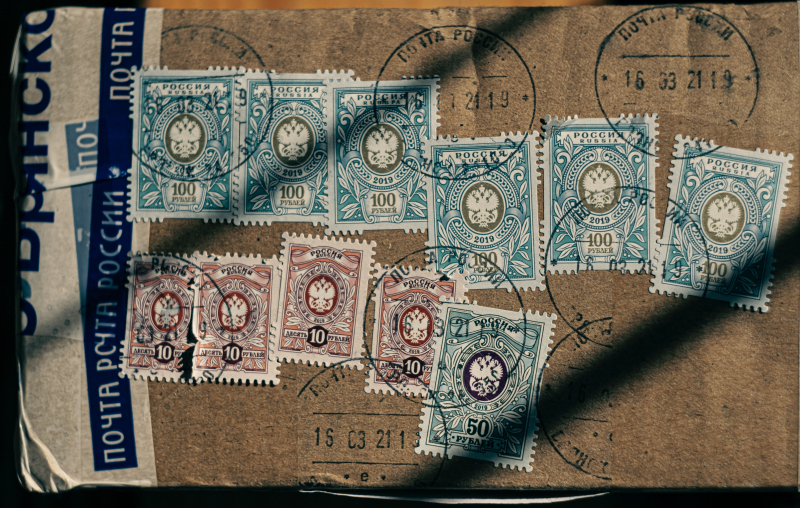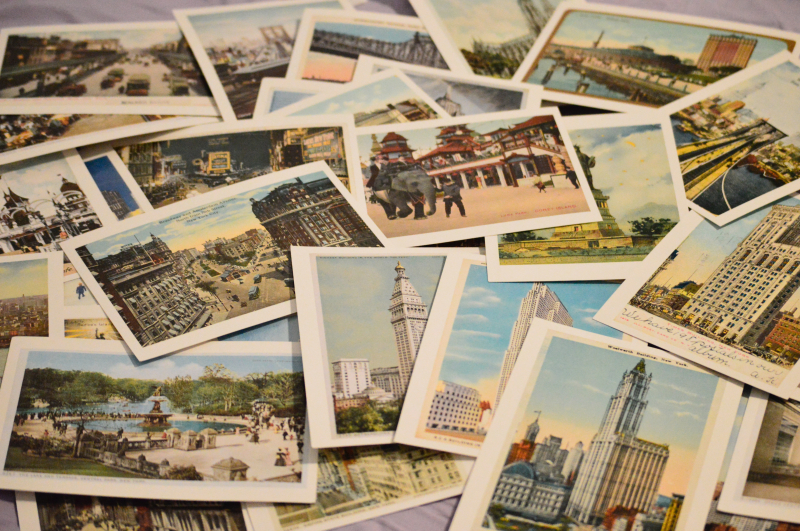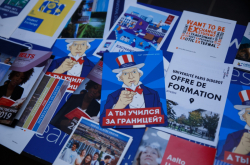What is postcrossing?
This movement connects you to the rest of the world via postcards – it’s just like being online, but somehow much more interesting! Having started in 2005 as a side project by a student from Portugal, Postcrossing has grown into an international community of postcard lovers who all share the excitement of finding a message from a fellow member in their mailbox. Even in the age when the world is literally at our fingertips – or maybe especially so – receiving something by mail is not devoid of its magic. And now everyone can take part!
How does it work?
When you sign up for the website, you receive the address of a random member and a postcard ID. Then, you send a postcard with a greeting and its ID to the specified address – and wait. Once your postcard is received (i.e. its ID is registered on the website by the addressee), someone else will send you a postcard. It can come from any corner of the world – and that’s the fun of it!
The website also has a forum for members, who sometimes organize meetings of local postcrossers. There, they exchange experiences and sign their postcards together. Just a few minutes on the website will give you a taste of the vibrant, friendly, and welcoming community.
How to send a postcard from Russia
If you are curious to try it out, sending a postcard from Russia is very easy. First, you need to buy a postcard, of course, and the stores from the latter two categories in this article will have plenty of options. Then, you will need to buy the stamps – the safest way here is to drop by the nearest post office and say, “Мне нужны марки, чтобы отправить открытку за границу” (I need stamps to send a postcard abroad). These days, the stamps will add up to just under 100 rubles on average. Finally, after you’ve written your message and applied your stamps on the card, you just put it into a Russian Post mailbox (at a post office or in the street) – and there you have it.

Russian post stamps. Credit: Jonathan Cosens Photography on Unsplash
What if I want to exchange letters (or emails)?
If you’d like to exchange more than just a few friendly lines and not with a random member of a warm community but with an actual pen pal, there are a few services you can turn to, such as Interpals, GlobalPenFriends, or PenPal World. These and other platforms all work in a similar way, not unlike the social media we are used to: you sign up and look for your future penpal among the existing members; then, you can message them and add them as friends. Usually, you can specify the channel of communication you prefer: messaging, exchanging emails, or writing actual letters. Some services also offer the opportunity to find a partner for language practice.
Sending a letter from Russia is pretty much like sending a postcard – with an extra step of getting an envelope first. You can do this at the post office or at one of the shops mentioned here. This time, when you ask for stamps at the post office, you can say the same phrase as above but with письмо (letter) instead of открытку.
What if I don’t want to join a new community?
You can start a new tradition with your friends and family where you send each other postcards from new cities or countries you visit. Even if you stay in touch online, there is always something special about receiving a physical token of your connection in the mail. Then, it makes for a heart-warming decoration on your wall or workplace – or a bookmark.




